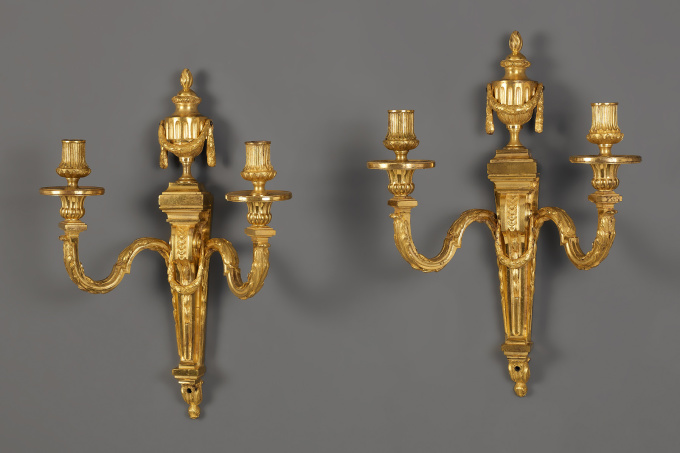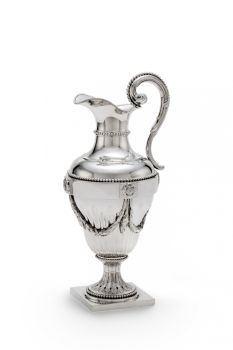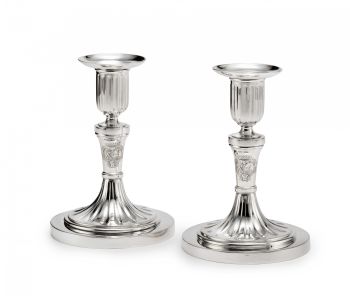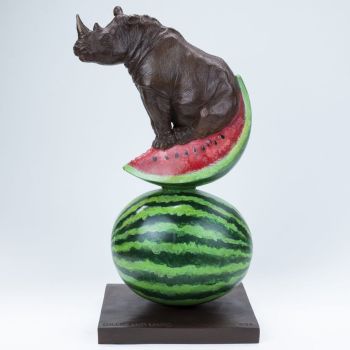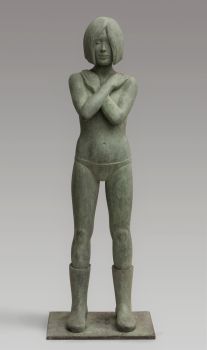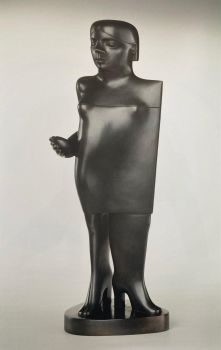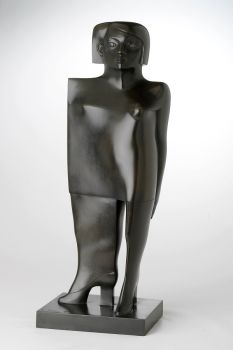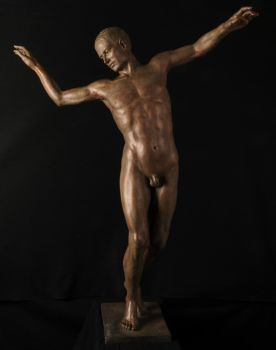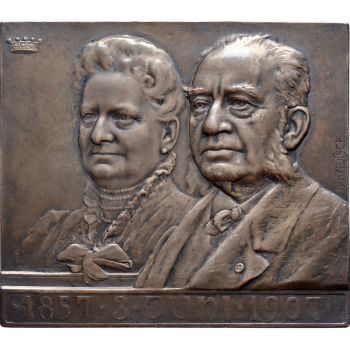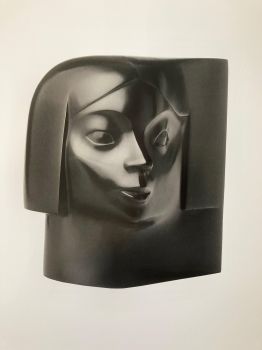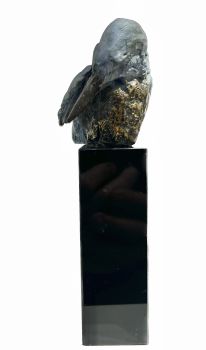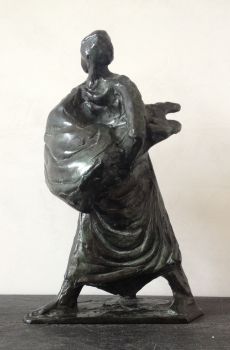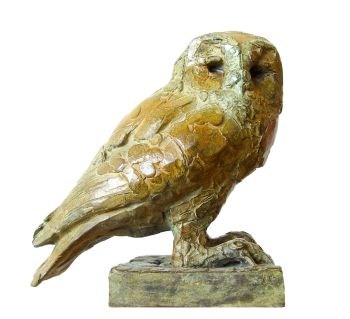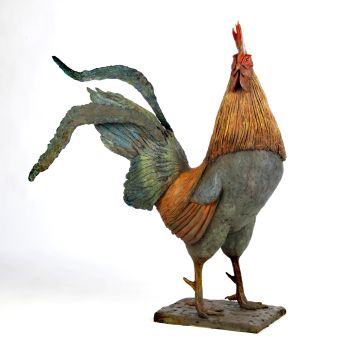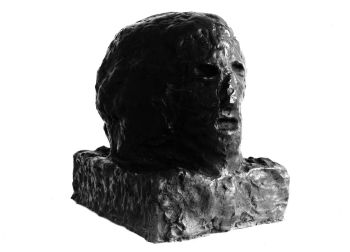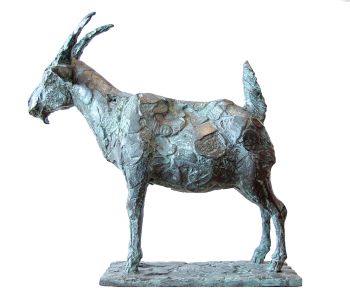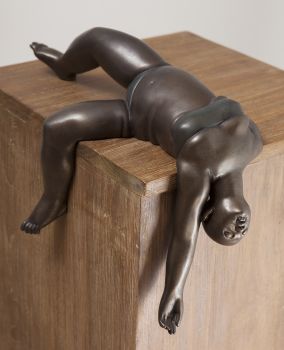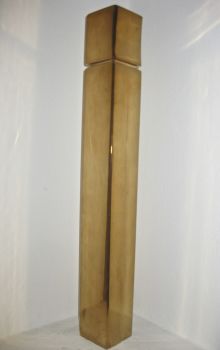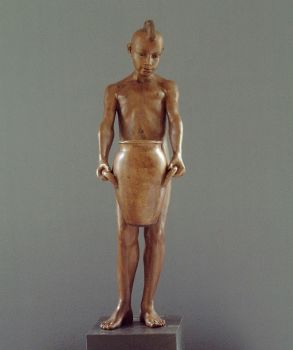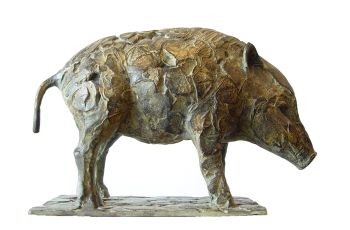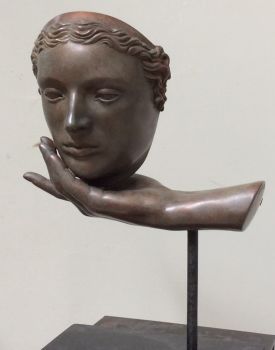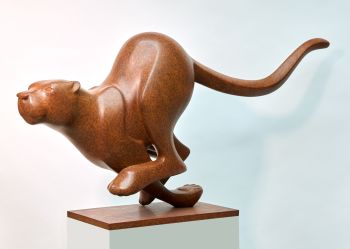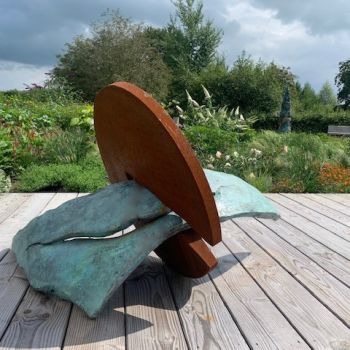Pair of French Louis XVI Wall Sconces 1770
Jean-Charles Delafosse
BronzoMetallo
44 ⨯ 31 ⨯ 15 cm
Attualmente non disponibile tramite Gallerease
- A proposito di opere d'arteA pair of elegant Louis XVI 2-light wall sconces. The bracket shaped shaft is crowned with a fluted vase decorated with a garland of laurel leaves. At the bottom the shaft has a finial shaped as a stylized flower bud. The S-shaped branches are decorated with stylized acanthus leaves. The plain drip trays rest on a classical vase. The candle holder is shaped like a fluted vase on a plain base.
A remarkable feature in the design is the use of architectural details borrowed from the classics. As a reaction to the lively Louis XV-styles (Rocaille and Rococo), the Louis XVI style after about 1755 developed in a more sleek style. Although this movement was called “goût Grèc” (meaning Greek taste), the style elements were mainly derived from then recent archeological finds in Pompei and Herculaneum in what was the Kingdom of Naples, nowadays a southern part of Italy.
The sconces are made in the style of Jean-Charles Delafosse (1734-1791). His style is characterized by combined and intertwined architectural forms with a multitude of detail and a wealthy formal idiom. The rich imagination with which these objects are designed give them a unique aesthetic appeal.
The designs of Delafosse were published in 1768 as “Nouvelle Iconologie Historique” and have been supplemented in 1773, 1776 and 1785.
Literature:
Hans Ottomeyer & Peter Pröschel, Vergoldete Bronzen, Die Bronzearbeiten des Spätbarock und Klassizismus, München 1986, p. 151 en p. 186. - A proposito di opere artistaJean Charles Delafosse è stato un architetto, disegnatore e decoratore francese di Parigi. Fu un importante rappresentante dello stile Luigi XVI progettando edifici di ispirazione romana e greca, con numerosi ornamenti come festoni, medaglioni e trofei. Pubblicò un libro iconologico nel 1768 contenente decorazioni e motivi.
Artwork details
Categoria
Stile
Materiale e Tecnica
Colore
Related artworks
Johannes La (le) Blanck
Un set di ampolle d'argento olandese a doppio uso1786
Prezzo su richiestaJacob J. Roosjen SRI
Reynier de Haan
Un'elegante coppa Monteith in argento olandese Luigi XVI1778
Prezzo su richiestaJacob J. Roosjen SRI
Johannes Schiotling
Un paio di candelieri olandesi in argento1784
Prezzo su richiestaJacob J. Roosjen SRI
1 - 4 / 7Artista Sconosciuto
COPPIA DI TORCHÈRE O PORTACANDELE IN TEAK INDONESI LACCATI E DORATI18th century
Prezzo su richiestaZebregs & Röell - Fine Art - Antiques
Artista Sconosciuto
UN RARO GRANDE TELESCOPIO GIAPPONESE IN PELLE LACCATA1750 - 1800
Prezzo su richiestaZebregs & Röell - Fine Art - Antiques
1 - 4 / 24- 1 - 4 / 24

